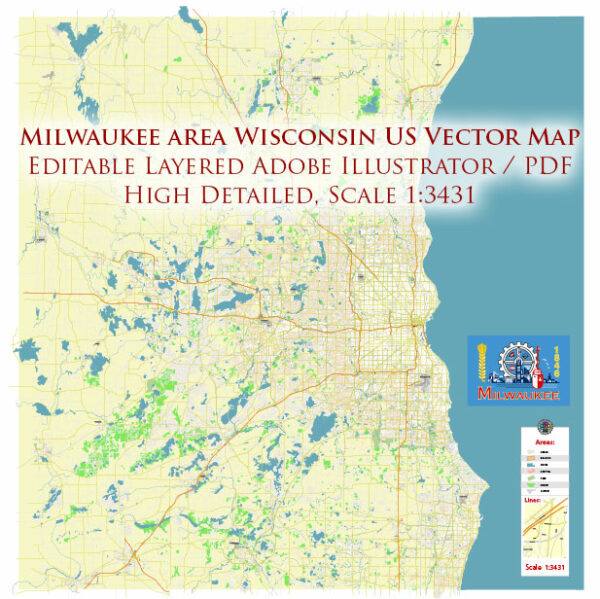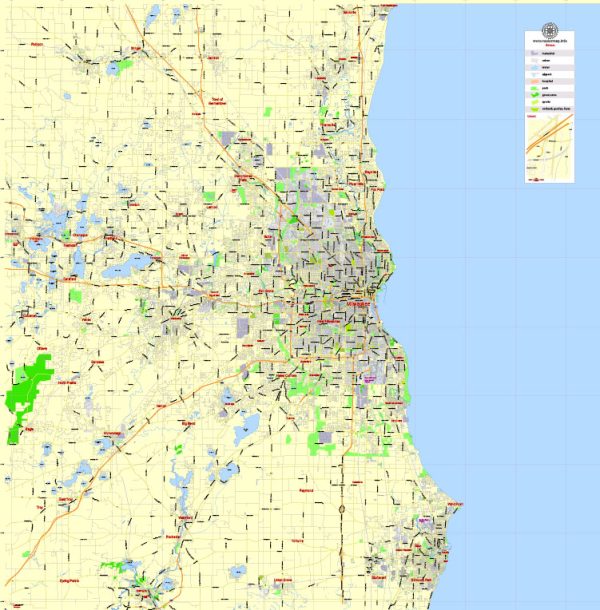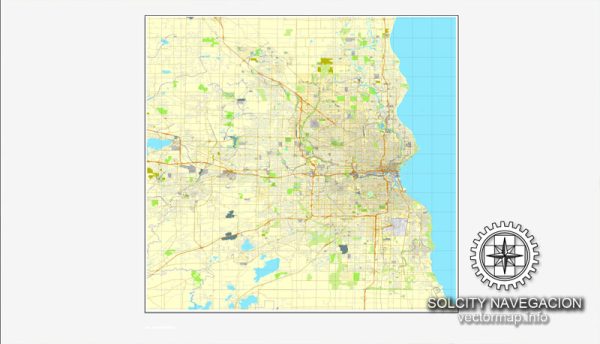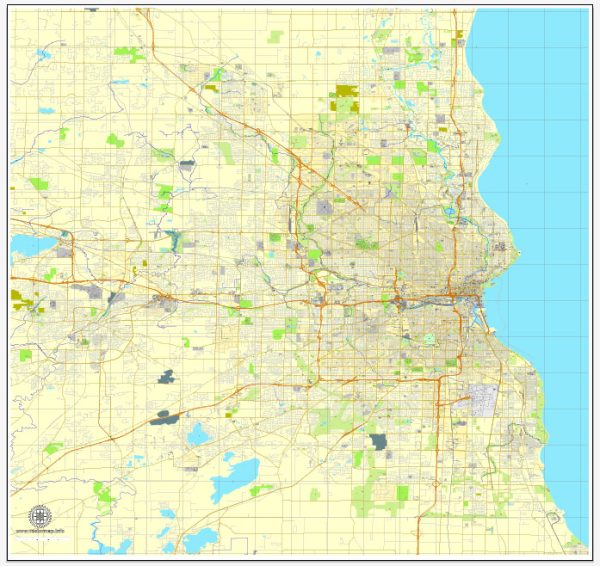Milwaukee, Wisconsin, is a city with a diverse architectural landscape that reflects its rich history and cultural influences. Here is a description of some of the key architectural elements and styles you can find in Milwaukee:
Historic Architecture: Milwaukee boasts a significant amount of historic architecture, including beautiful 19th and early 20th-century buildings. The historic Third Ward is known for its well-preserved warehouses and mercantile buildings, which have been repurposed into trendy shops, galleries, and restaurants. The Pabst Theater and the Milwaukee City Hall are iconic examples of historic architecture in the city.
Breweries and Industrial Buildings: Milwaukee has a strong historical connection to brewing, and many of the city’s industrial buildings have been repurposed or preserved. The Pabst Brewery Complex is a prime example, with its red brick buildings and iconic Pabst Blue Ribbon sign. These industrial structures contribute to the city’s unique character.
Milwaukee Art Museum: One of Milwaukee’s most famous architectural landmarks is the Milwaukee Art Museum. Designed by the renowned architect Santiago Calatrava, the museum’s Quadracci Pavilion is a stunning example of modern architecture. The building features a moveable sunscreen that opens and closes like wings, resembling a giant bird in flight.
Historic Homes: Milwaukee has a variety of historic homes reflecting different architectural styles. In areas like the East Side and the Lower East Side, you can find well-preserved Victorian and Queen Anne-style homes. Additionally, the North Point Historic District features elegant mansions from the late 19th century.
Frank Lloyd Wright: Frank Lloyd Wright, one of America’s most famous architects, left his mark on Milwaukee with a few notable projects. The Annunciation Greek Orthodox Church, designed by Wright’s firm, showcases his distinct Prairie School architectural style.
Mid-Century Modern: As with many American cities, Milwaukee has its share of mid-century modern architecture. This style is characterized by clean lines, large windows, and open floor plans. Some mid-century modern homes and buildings can be found throughout the city.
Contemporary Architecture: More recent developments have introduced contemporary architectural styles to Milwaukee. Modern condominiums, office buildings, and cultural institutions have incorporated innovative designs and materials, contributing to the city’s evolving architectural landscape.
Cultural Institutions: Milwaukee’s cultural institutions like the Marcus Center for the Performing Arts, the Milwaukee Public Museum, and the Milwaukee County War Memorial Center feature distinct architectural designs that reflect their cultural and artistic significance.
The Riverwalk: Milwaukee’s Riverwalk is a well-known pedestrian walkway along the Milwaukee River. It features various architectural elements, including bridges, sculptures, and waterfront buildings. This area provides a unique perspective of the city’s architecture and urban planning.
In summary, Milwaukee’s architecture showcases a rich history, ranging from historic and industrial buildings to modern and contemporary designs. The city’s diverse architectural landscape reflects its cultural heritage and ongoing development, making it an interesting destination for architecture enthusiasts.






 Author: Kirill Shrayber, Ph.D.
Author: Kirill Shrayber, Ph.D.